What are the possibilities of investigating storm damage with drones? In 2017, I had the opportunity from a team of Civil Engineers at the University of Alabama to demonstrate a rapid deployment to the gulf coast of Florida after Hurricane Irma.
Hurricane Irma formed off the west coast of Africa on the 27th of August 2017. By the 9th of October, Irma was a category 5 storm off the east coast of Cuba. Irma made landfall at the Florida Keys on the 10th of October at noon as a Category 4. Mainland landfall was on the night of the 10th as a Category 3 to 2.
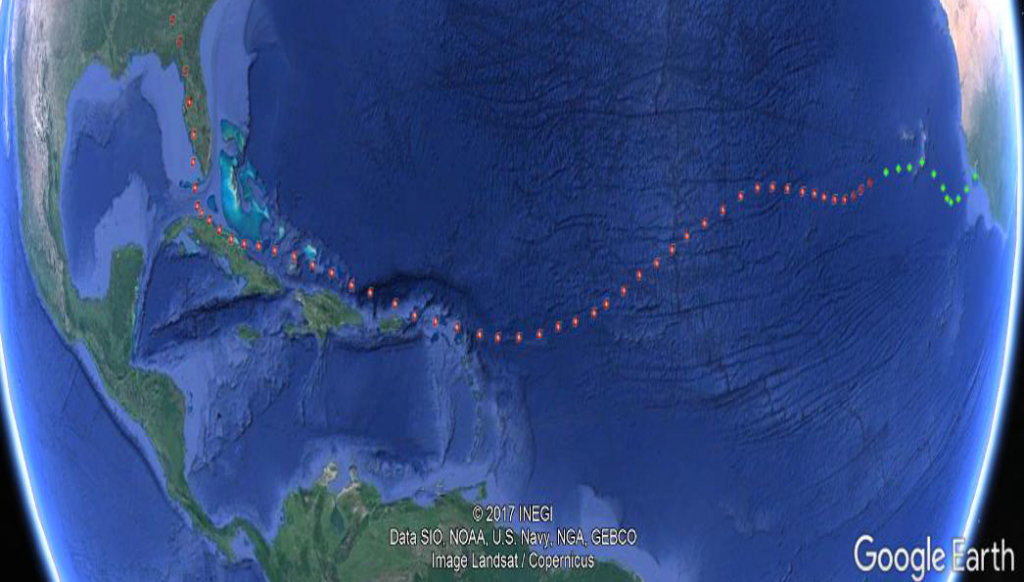
Logistics
The University of Alabama’s Civil Engineering department rapidly put together a team of approx. 12 members with the specific goal of evaluating the performance of “fortified” homes built to a particular standard. Each of the 4 teams included professors, students, and insurance experts. Teams 1-3 consisted of ground based members surveying the damage, documenting structural and personnel reports, and interviewing inhabitants. Team 4 consisted of UAV operations and a LiDAR scanning crew, with Dr. O’Neill as the professor lead.
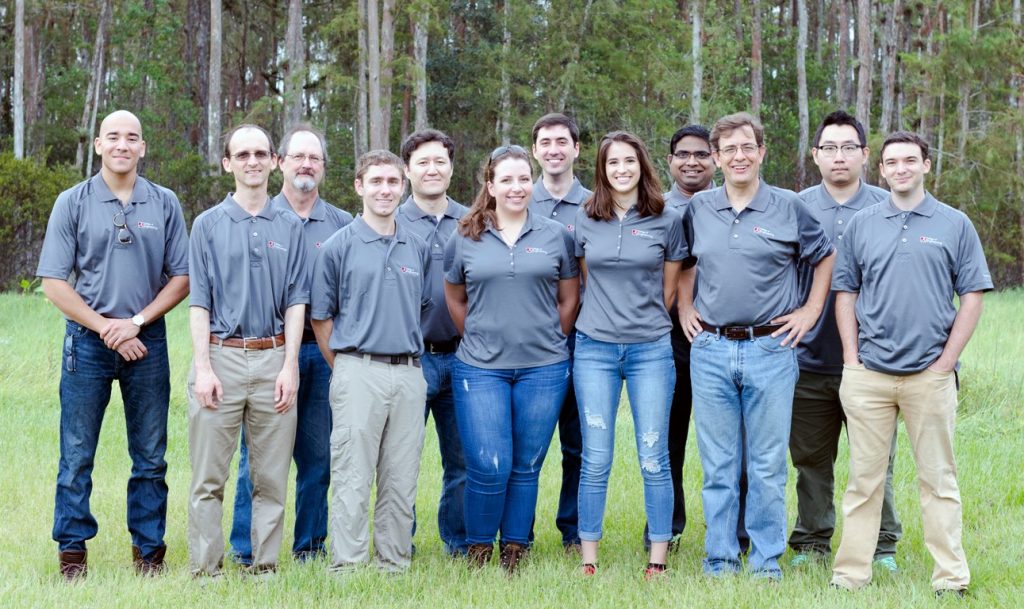
The primary lead from the Civil Engineering department was Dr. Andy Graettinger (https://eng.ua.edu/people/andrewg/) with Drs. Kreger, Aaleti, and Hainen.
Our equipment was deployed on Wednesday afternoon to be driven to Fort Myers, FL, where the remaining members rendezvoused on Thursday night. We scanned selected locations in Fort Myers south to Marco Island on Friday and scanned the Tampa area on Saturday. The entire crew returned to UA on Sunday and Monday.
The airspace was relatively simple in the Ft Myers area with a mix of uncontrolled, class D, and class C airports. The Tampa area was more complex with class B, and multiple class D airports. I do appreciate the respective ATC facilities for working with us.

Equipment
My aero team brought two UAS platforms with visible and IR cameras.
- DJI S900 with an optical camera and IR camera
- DJI Inspire with an optical camera
We also brought communications and flight mapping software appropriate for operating small UAS/drones in urban environments.
Operations
Operating in a post-hurricane environment presented several challenges. The most pressing was take-off/landing access; this includes obstacle avoidance of the passive type (e.g. trees, poles, wires, waste piles, etc) and active type (e.g. people, vehicles, animals, wind-shear/rotor-vortex, etc).
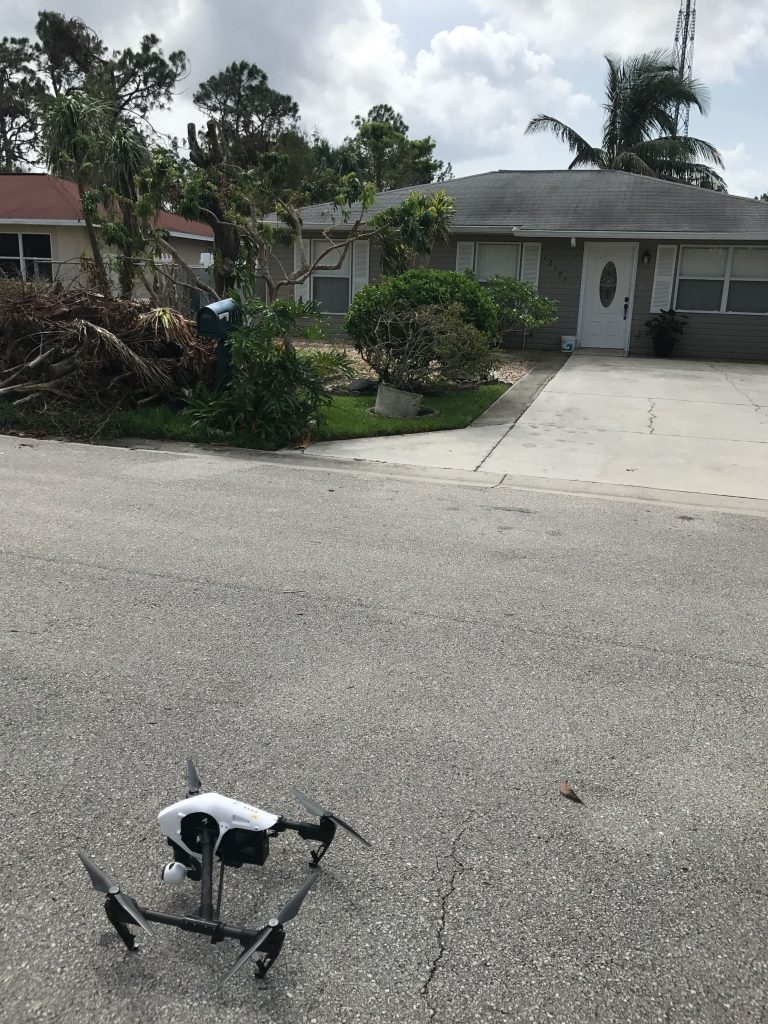
A secondary challenge in low-lying areas was water inundation. Bonita Springs was completely flooded up to 2+ ft.

The worst damage surveyed was along the Marco island area south of Ft Myers.
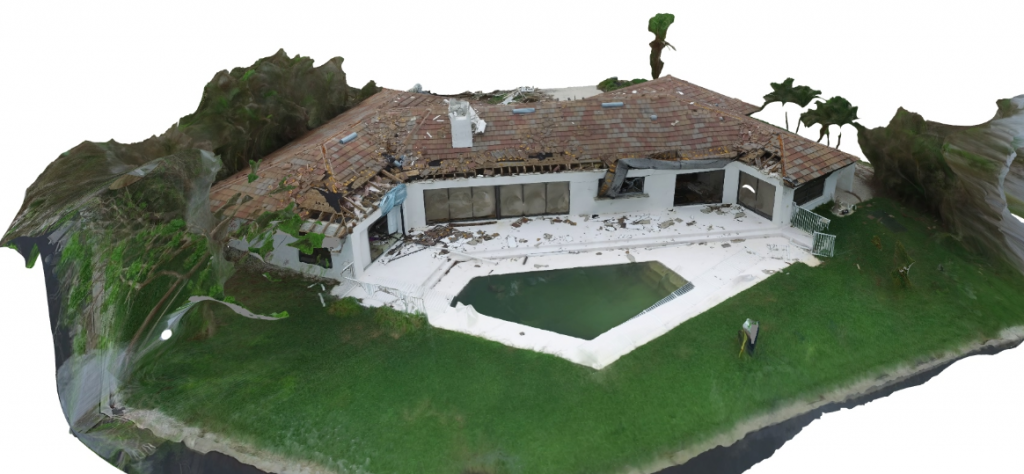
The IR camera showed interesting details.
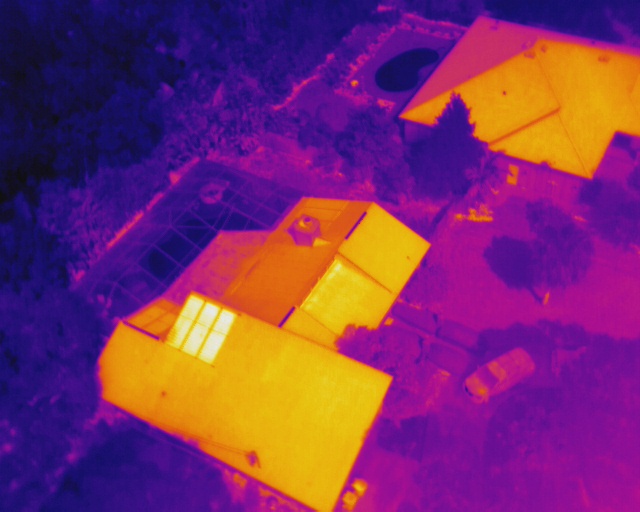
Links
- Extreme Events: http://extremeevents.caps.ua.edu/Maps/5
- News link: https://www.ua.edu/news/2017/11/fortified-assessment/
- Aero R&D lab: http://aero.ua.edu/
